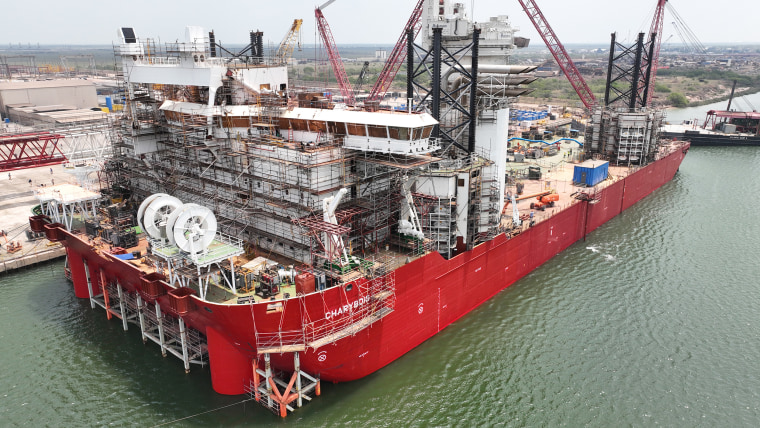In a bid to fuel the growth of wind energy production and tackle climate change, President Biden made a bold promise to generate 30 gigawatts of offshore wind energy by 2030. However, the path to achieving this ambitious goal has been beset with challenges, including regulatory hurdles, financial constraints, and the need to build crucial infrastructure.
One key factor that could unlock the full potential of offshore wind energy in the United States is expanding the country’s maritime industry. By leveraging the expertise and resources of the maritime sector, the US could significantly accelerate the development and deployment of offshore wind projects, paving the way for a more sustainable energy future.
The maritime industry plays a critical role in supporting offshore wind energy by providing essential services such as transportation, installation, maintenance, and decommissioning of wind turbines. As the demand for offshore wind projects continues to rise, there is a growing need for specialized vessels, equipment, and skilled labor to support the industry’s rapid expansion.
To capitalize on the opportunities presented by offshore wind energy, the US maritime industry must undergo a period of rapid transformation and modernization. This includes investing in new vessels and equipment specifically designed for offshore wind operations, upgrading ports and infrastructure to accommodate larger turbines and components, and developing training programs to equip workers with the necessary skills and certifications.
Furthermore, collaboration between government agencies, industry stakeholders, and research institutions will be essential to ensure the smooth integration of offshore wind energy into the maritime sector. By fostering a supportive regulatory environment, streamlining permitting processes, and providing financial incentives, policymakers can help drive innovation and investment in the maritime industry, ultimately accelerating the growth of offshore wind energy production.
In conclusion, the key to achieving President Biden’s ambitious offshore wind energy goal lies in harnessing the potential of the US maritime industry. By investing in infrastructure, technology, and workforce development, the country can unlock the full benefits of offshore wind energy, create jobs, reduce carbon emissions, and secure a more sustainable energy future for generations to come.
—
This article highlights the significance of leveraging the maritime industry to drive the growth of offshore wind energy in the United States. It emphasizes the importance of investing in infrastructure, technology, and workforce development to overcome the challenges hindering the achievement of President Biden’s renewable energy goals. It calls for collaboration between government, industry, and research institutions to accelerate the transition towards a more sustainable energy future.

